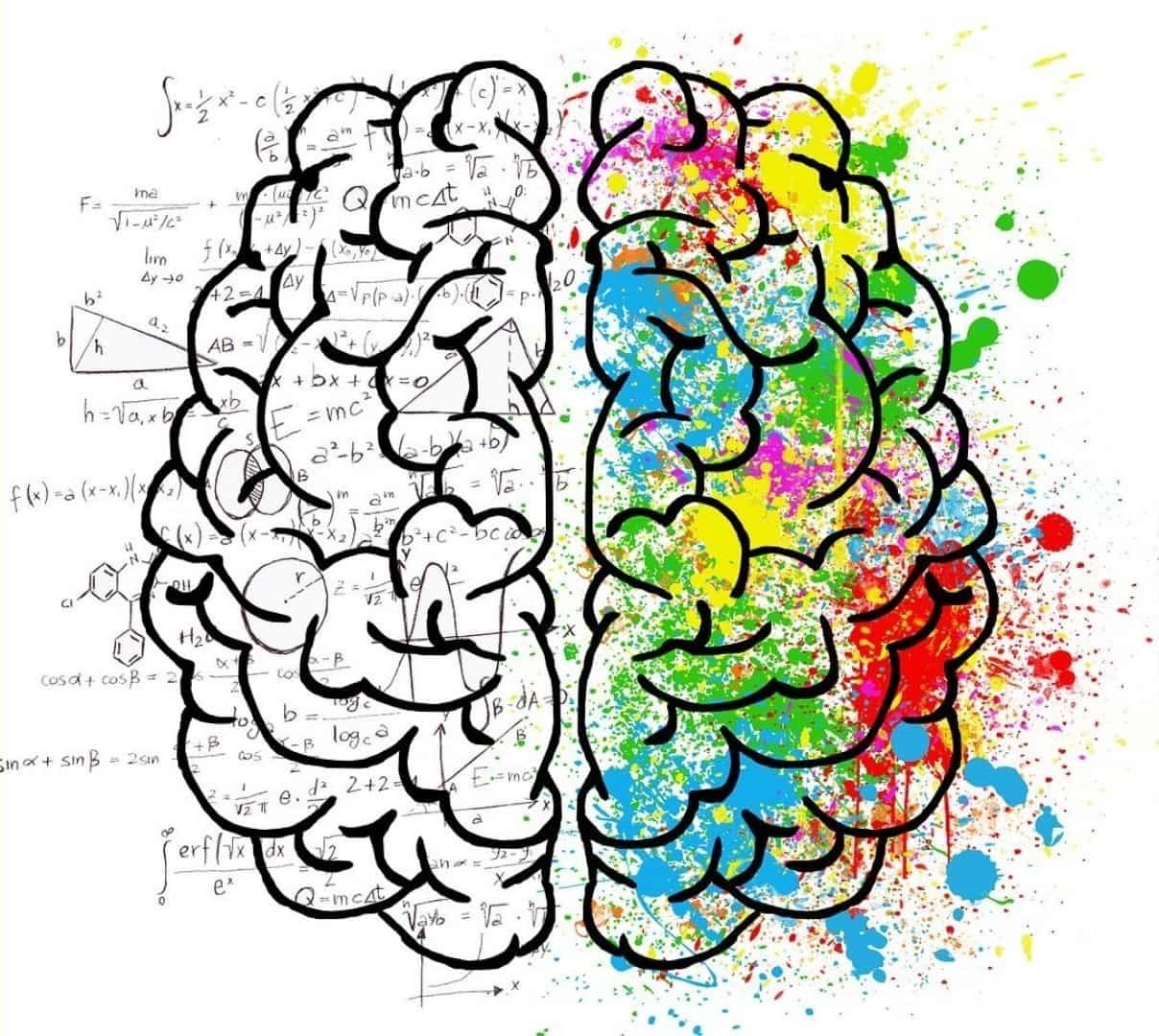In the modern educational landscape, innovation is no longer a luxury—it’s a necessity. To address the increasing complexity of challenges faced by schools, educators, and policymakers, we need a new way of thinking: Systems Thinking. But what is Systems Thinking, and how can it be leveraged to foster educational innovation?
What is Systems Thinking?
At its core, Systems Thinking is a holistic approach to problem-solving and decision-making. It emphasizes understanding how the components of a system interact, influence one another, and contribute to the system’s overall behavior. Unlike traditional linear thinking, which focuses on cause-and-effect relationships in isolation, Systems Thinking considers the interconnectedness and interdependence of parts within a system.
In education, Systems Thinking provides a framework to analyze complex issues—such as student outcomes, teacher retention, or curriculum development—by looking at the bigger picture. By understanding how various elements of the education system are linked, educators and leaders can identify root causes and implement sustainable solutions.
The Role of Systems Thinking in Educational Innovation
Educational innovation requires more than isolated changes or quick fixes; it demands a deep transformation of practices, policies, and mindsets. Systems Thinking is a powerful tool to achieve this transformation. Here’s how it contributes to innovation in education:
Addressing Complex Challenges
Education systems are inherently complex, involving diverse stakeholders such as students, teachers, parents, administrators, and policymakers. Systems Thinking helps identify patterns, feedback loops, and bottlenecks within the system, enabling stakeholders to design interventions that address underlying issues rather than surface symptoms.
Breaking Down Silos
Traditional education systems often operate in silos, with little collaboration between departments, schools, or communities. Systems Thinking encourages cross-functional collaboration, fostering a culture of shared responsibility and collective problem-solving.
Fostering a Growth Mindset
One of the key principles of Systems Thinking is the idea that systems are dynamic and can evolve over time. This aligns with a growth mindset, encouraging educators and students alike to see challenges as opportunities for learning and improvement.
Encouraging Long-Term Planning
Innovation often requires a long-term perspective. Systems Thinking discourages short-sighted solutions and promotes strategies that create sustainable, long-term impact. For example, instead of merely focusing on standardized test scores, Systems Thinking might emphasize developing critical thinking and emotional intelligence over time.
Applications of Systems Thinking in Education
Curriculum Design
When designing curricula, Systems Thinking can help educators balance competing priorities, such as meeting state standards while fostering creativity and critical thinking. By understanding how different subjects and skills interconnect, educators can create a more integrated and engaging learning experience.
Improving Student Outcomes
What is Systems Thinking without its ability to analyze student performance holistically? By considering factors such as socioeconomic background, school environment, and teaching methodologies, schools can develop tailored interventions that address the root causes of disparities in student achievement.
Teacher Development and Retention
Teacher retention is a critical issue in many education systems. Systems Thinking allows leaders to identify systemic issues—such as workload, professional development opportunities, or support structures—that contribute to high turnover rates. Addressing these interconnected factors can lead to more effective and sustainable solutions.
Community Engagement
Educational systems do not operate in isolation. Systems Thinking emphasizes the importance of engaging with parents, local businesses, and community organizations to create a supportive ecosystem for learning.
Challenges in Implementing Systems Thinking
While the benefits of Systems Thinking are clear, implementing it in educational settings comes with challenges:
Resistance to Change
Many educators and administrators are accustomed to traditional approaches and may find it difficult to adopt a new way of thinking.
Time and Resources
Systems Thinking requires time for training and collaboration, which can be challenging in resource-constrained environments.
Complexity
The very nature of Systems Thinking—dealing with complex, interconnected issues—can be overwhelming without proper guidance and tools.
Despite these challenges, the potential rewards make Systems Thinking a worthwhile pursuit for educational innovation.
Conclusion
In answering the question, “What is Systems Thinking?”, we uncover a methodology that has the potential to revolutionize education. By focusing on relationships, patterns, and the bigger picture, Systems Thinking enables educators and leaders to design sustainable solutions to the complex challenges they face.
For educational innovation, Systems Thinking is not just a tool—it’s a mindset. It empowers schools to break down silos, foster collaboration, and create learning environments that are resilient and adaptive. By embracing this approach, we can build an education system that truly prepares students for the complexities of the modern world.



Leave A Comment